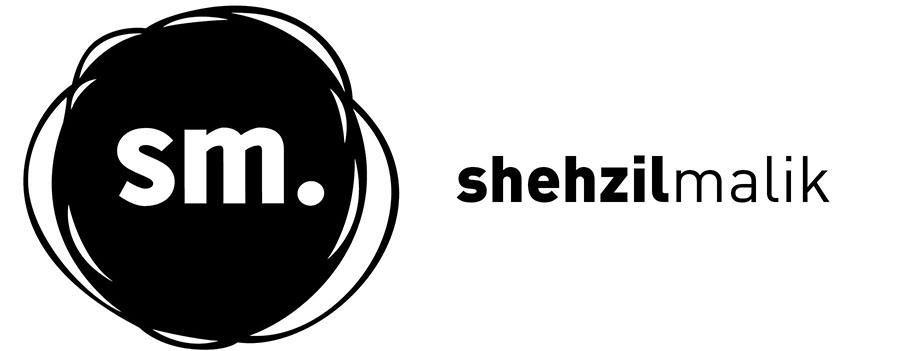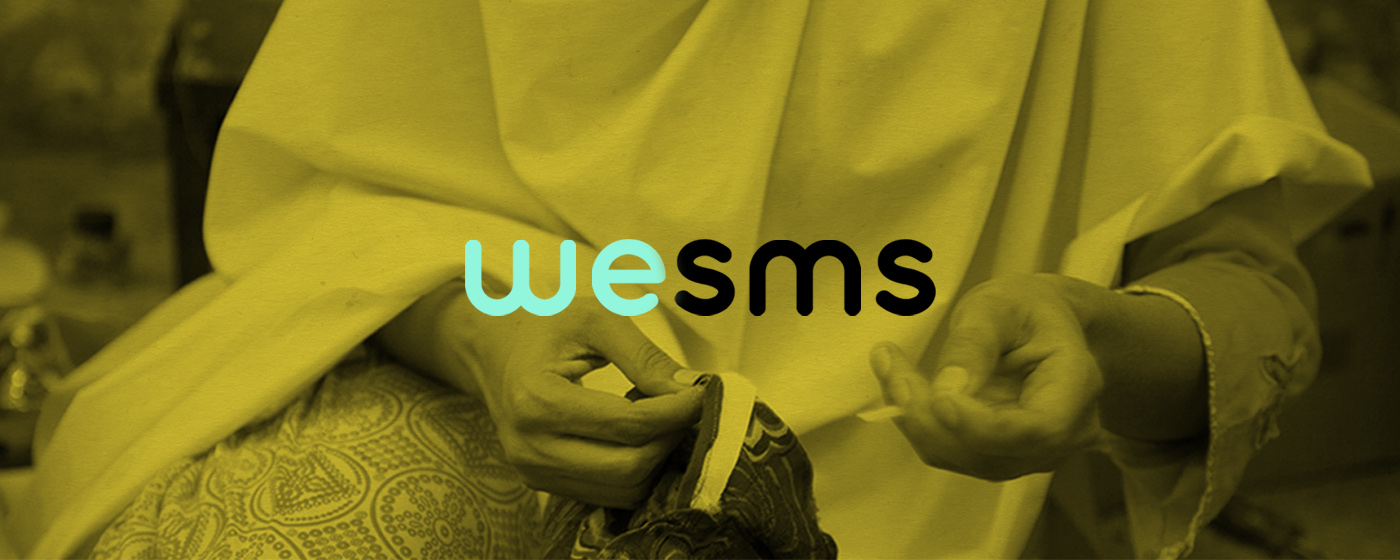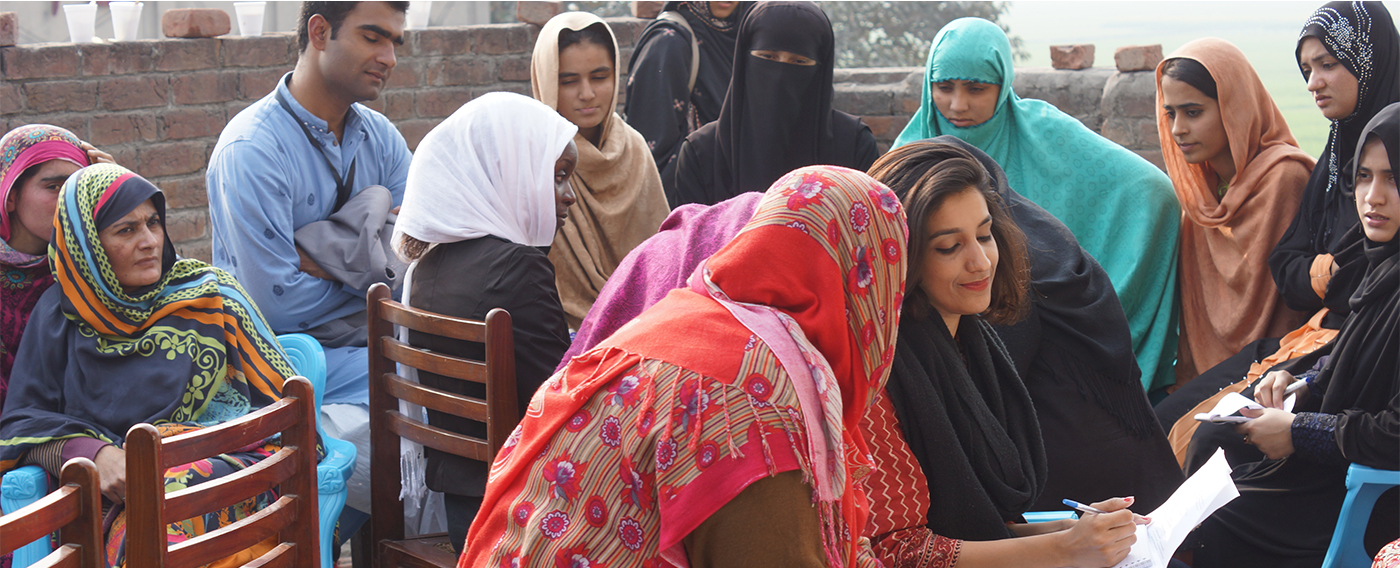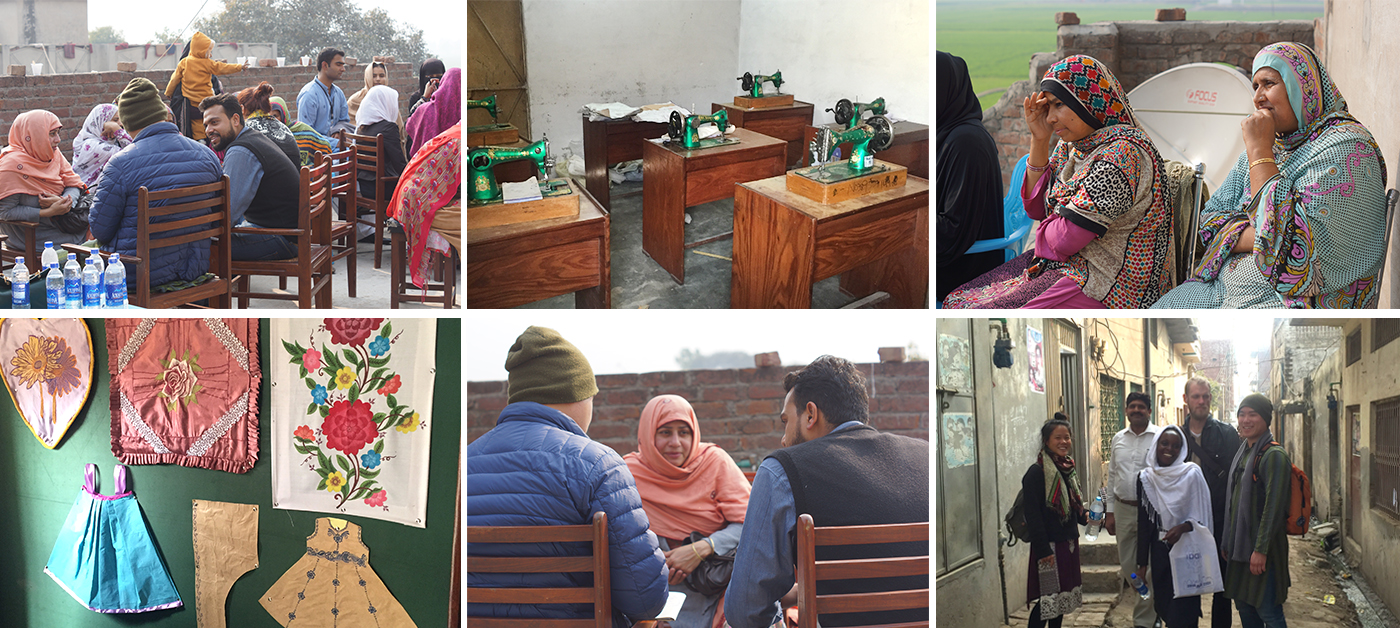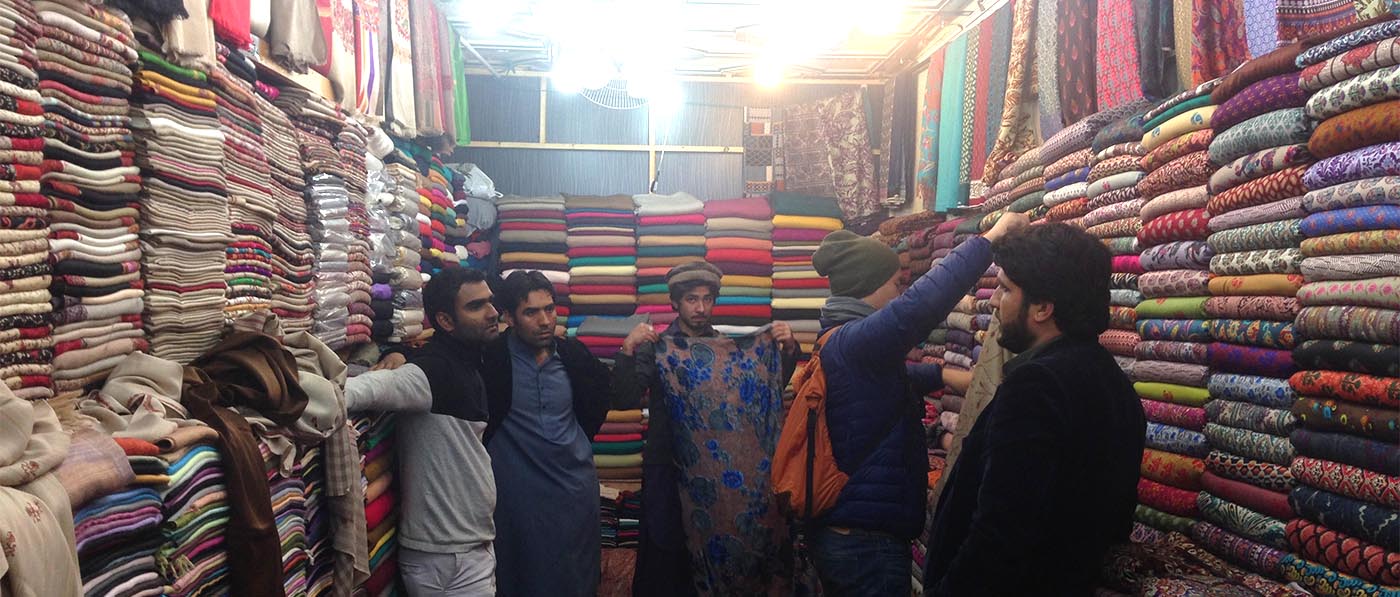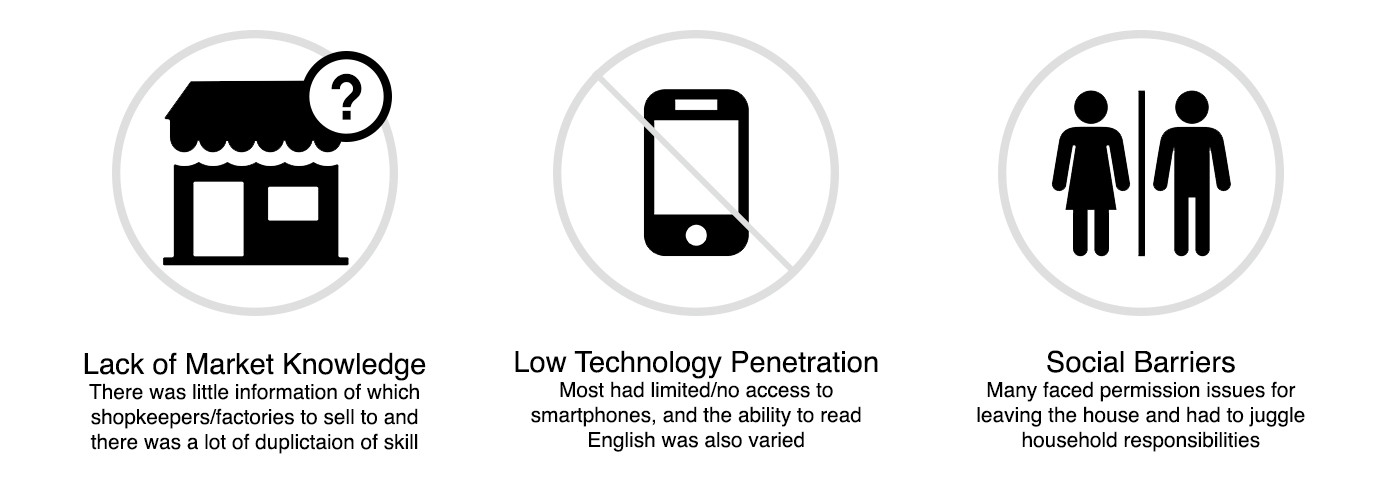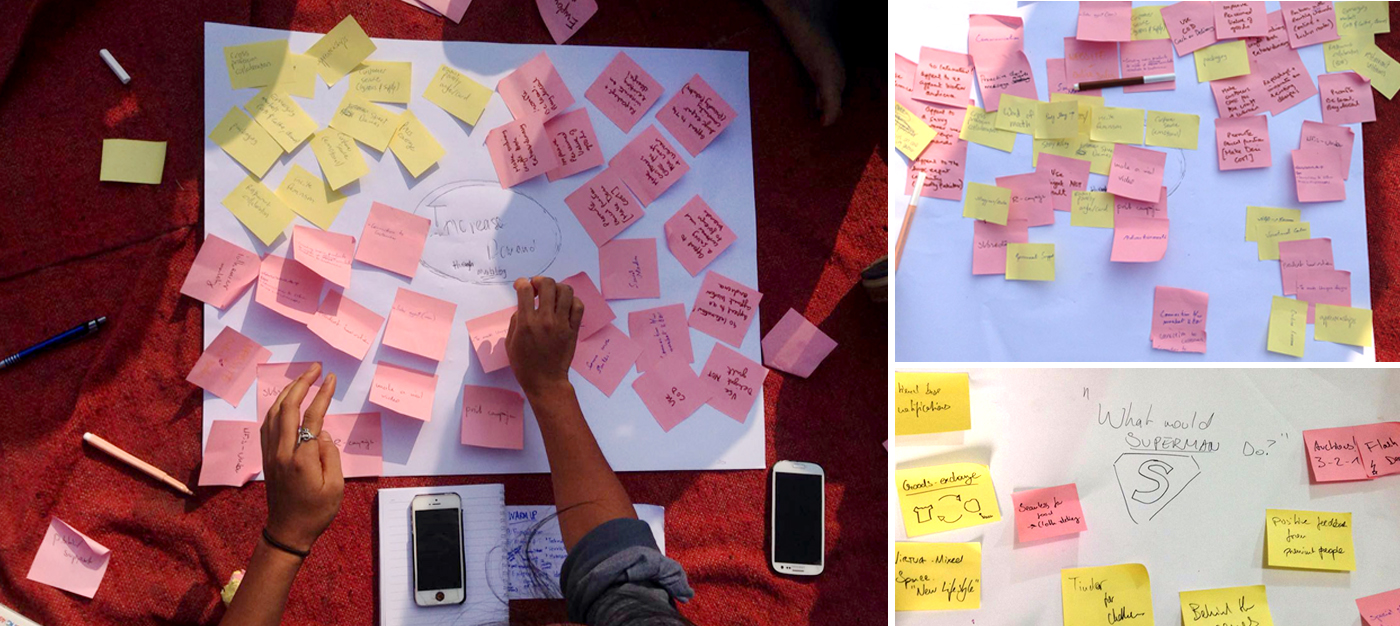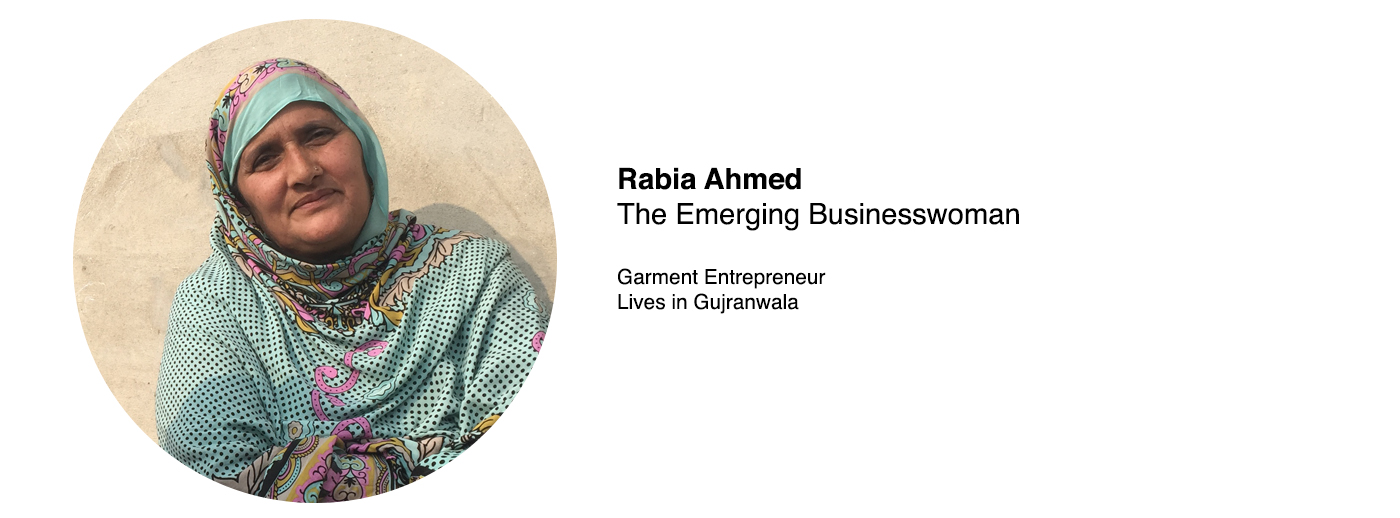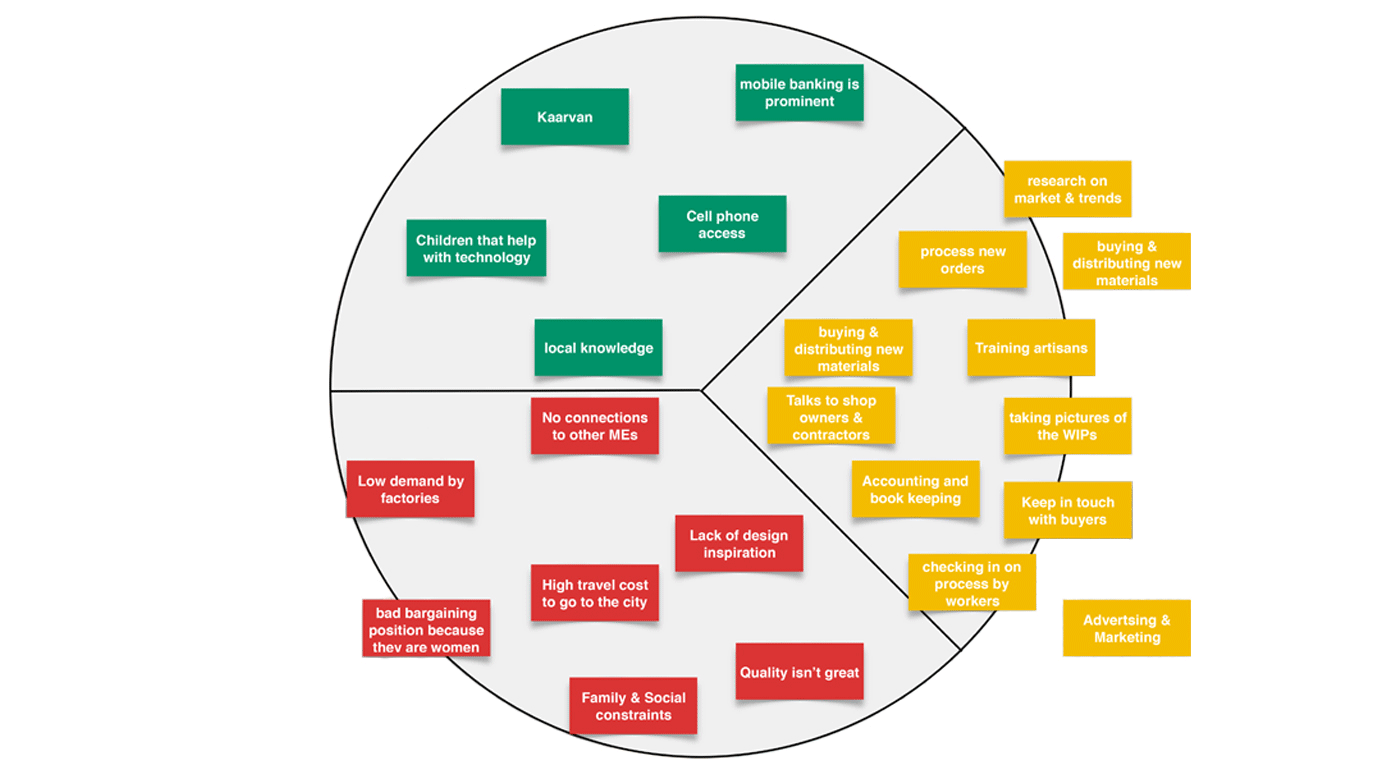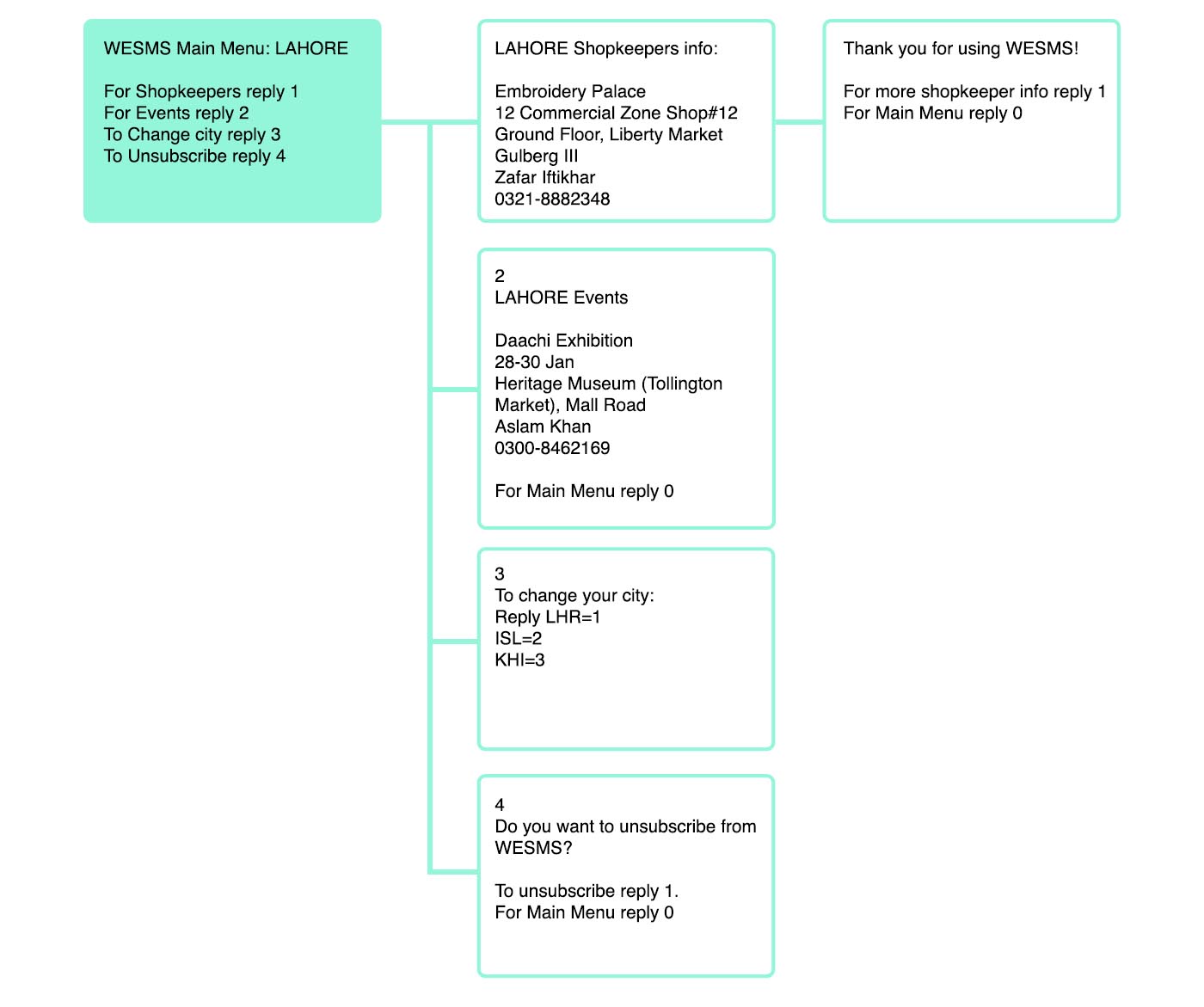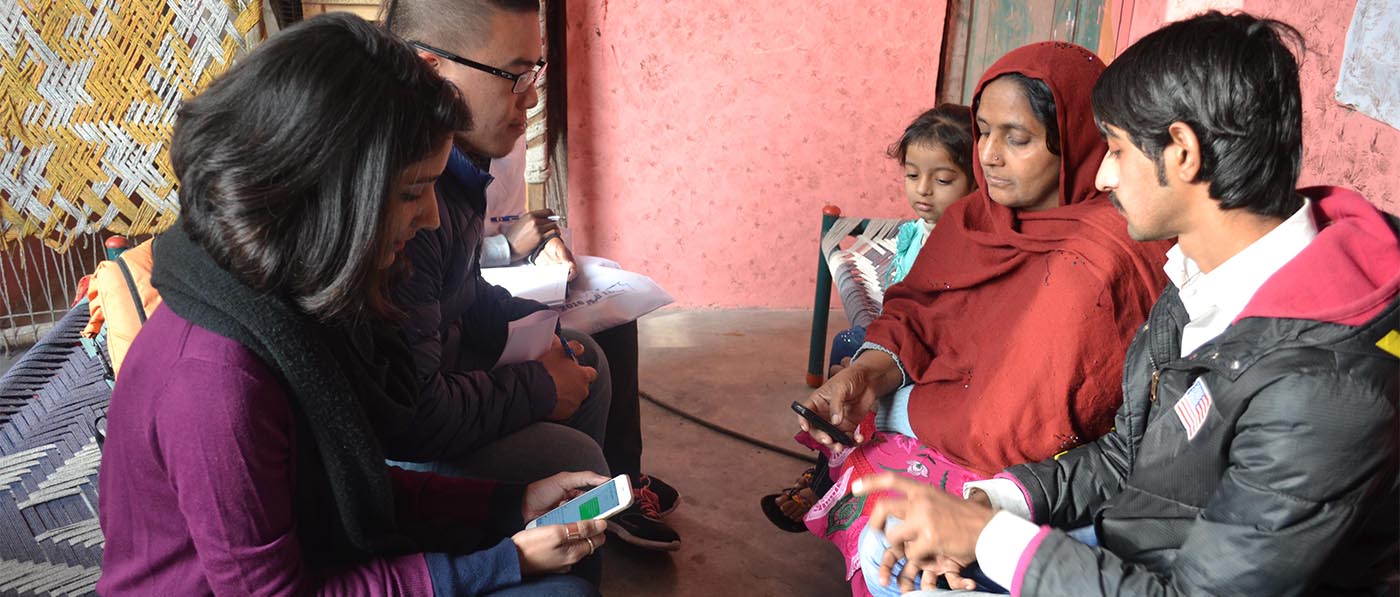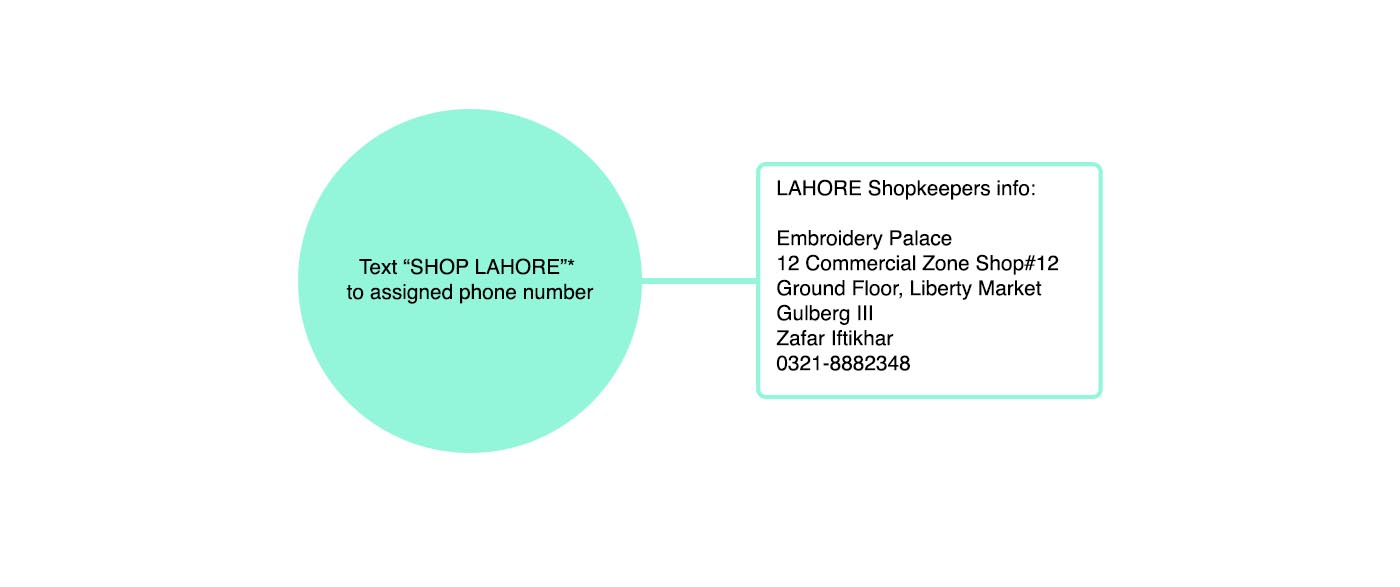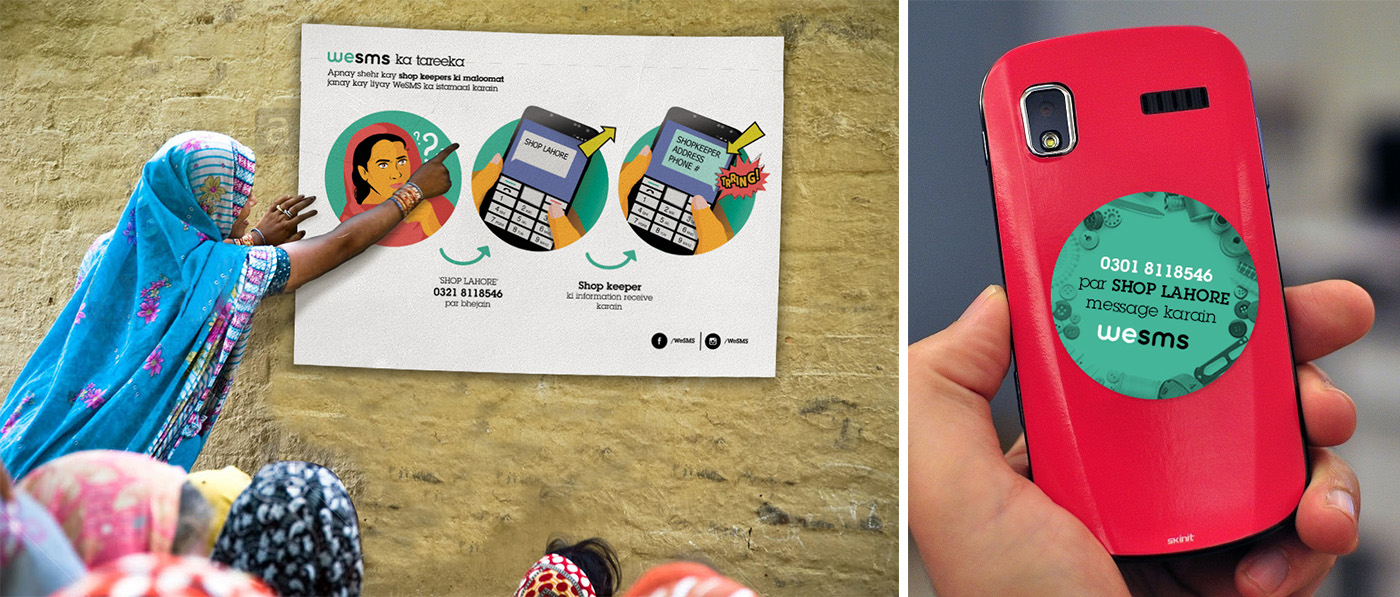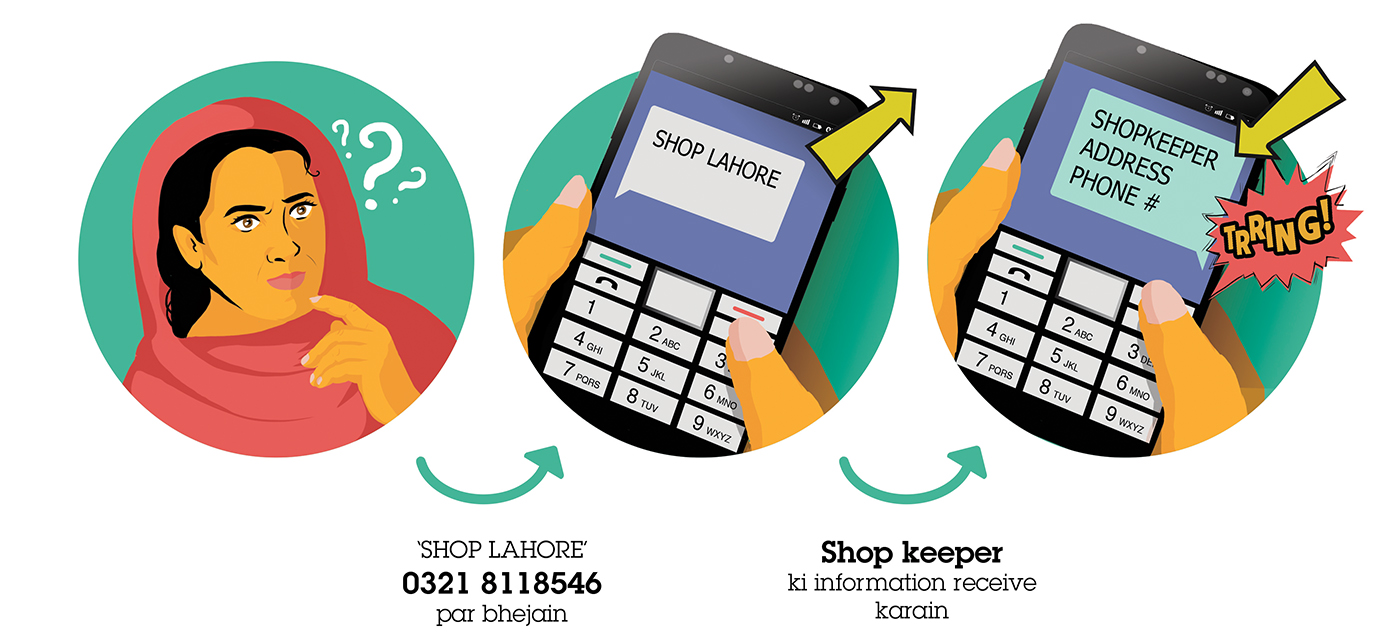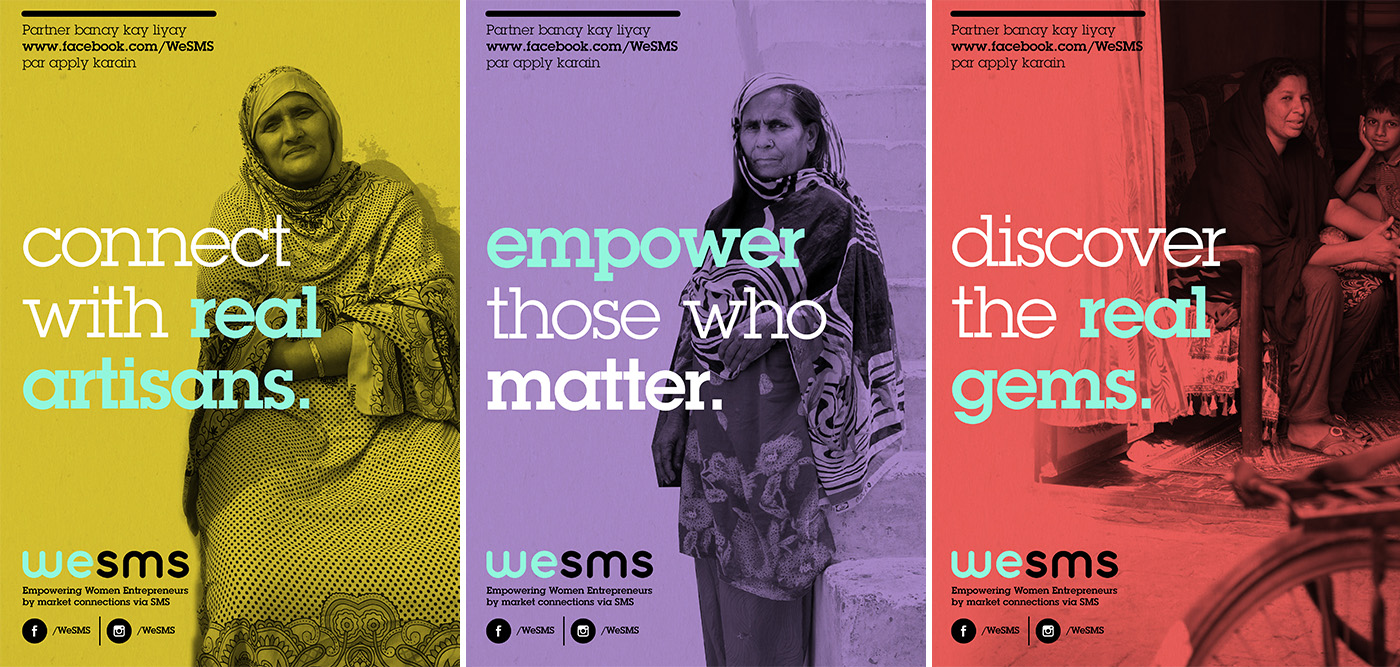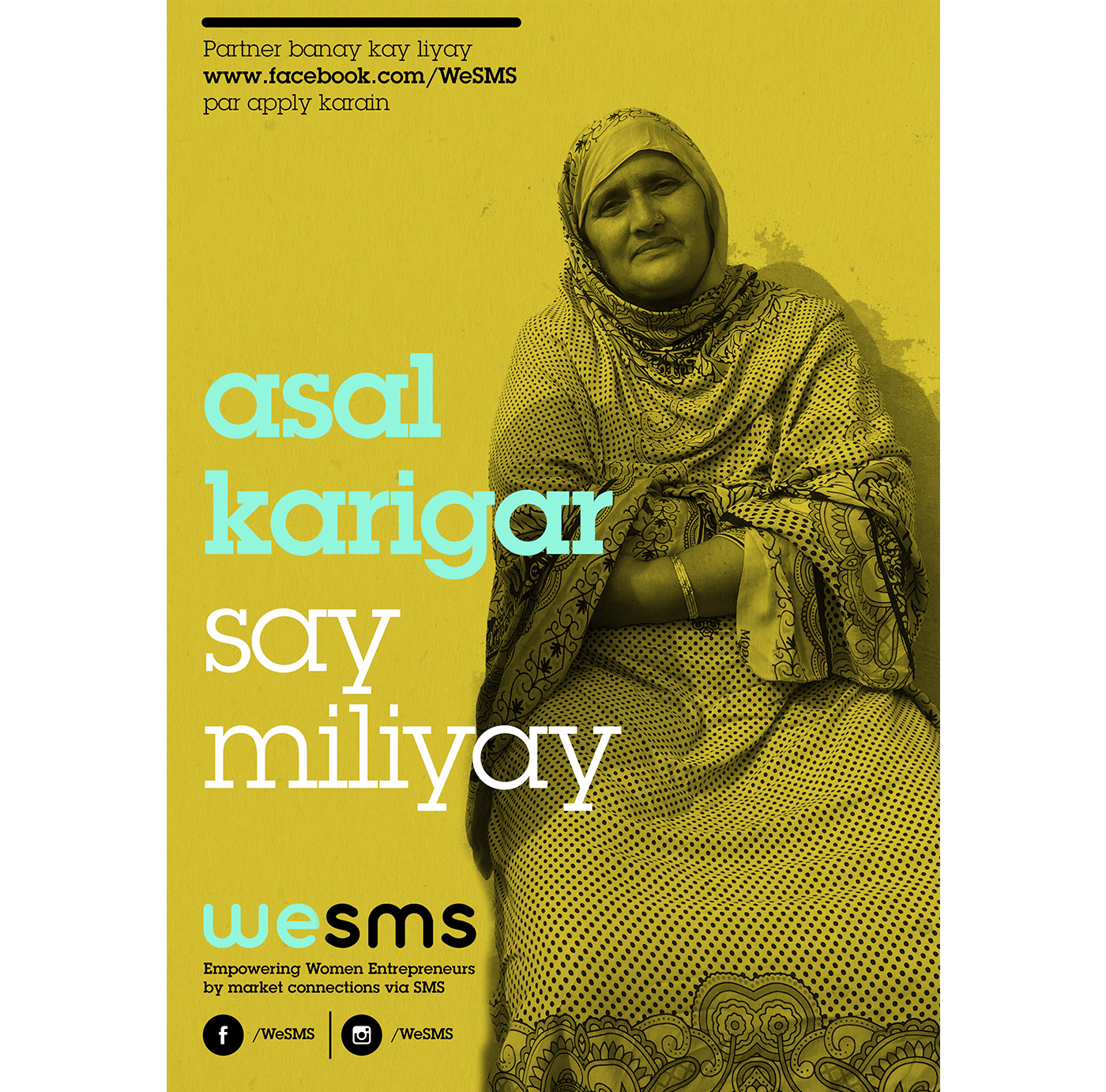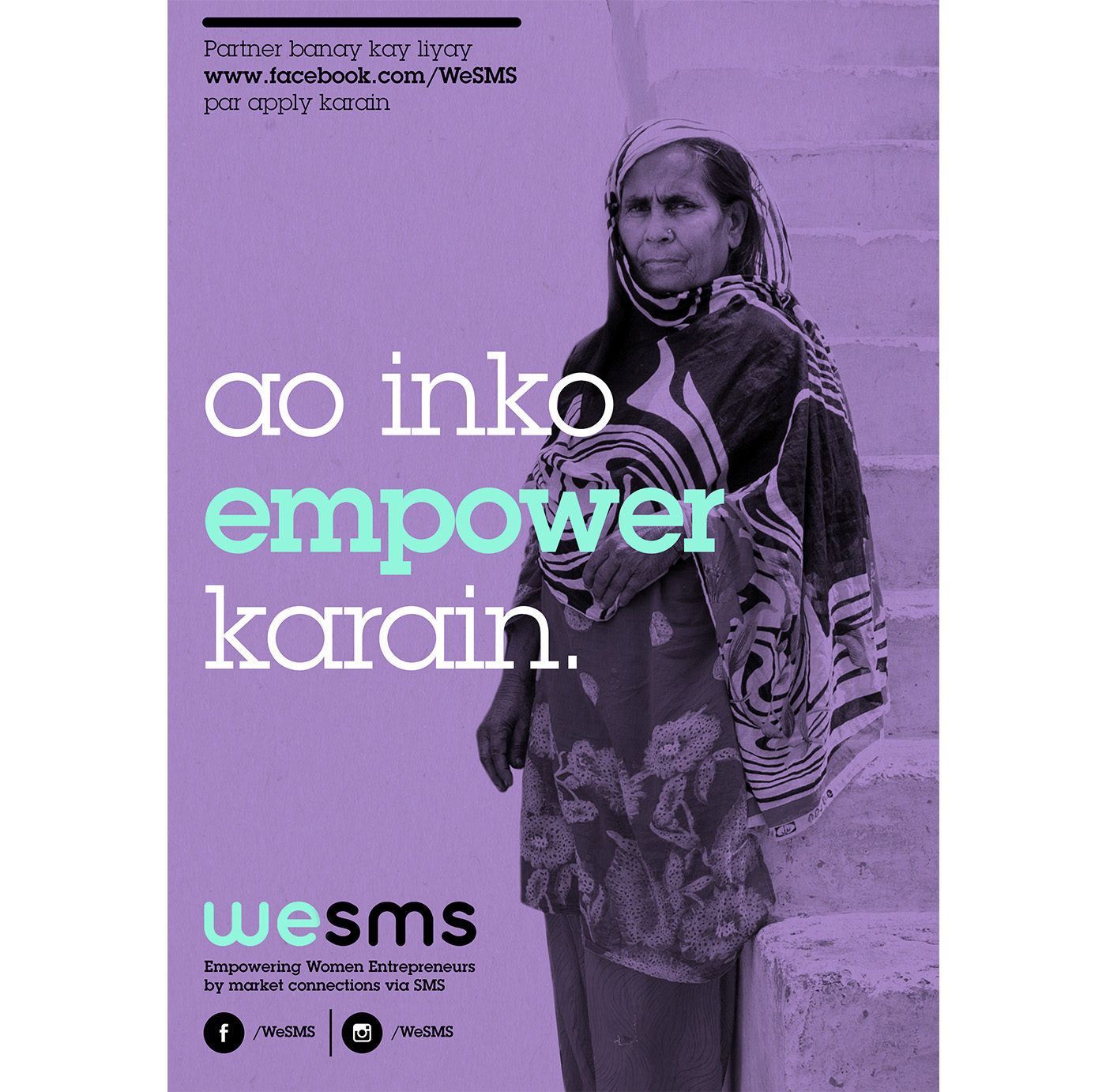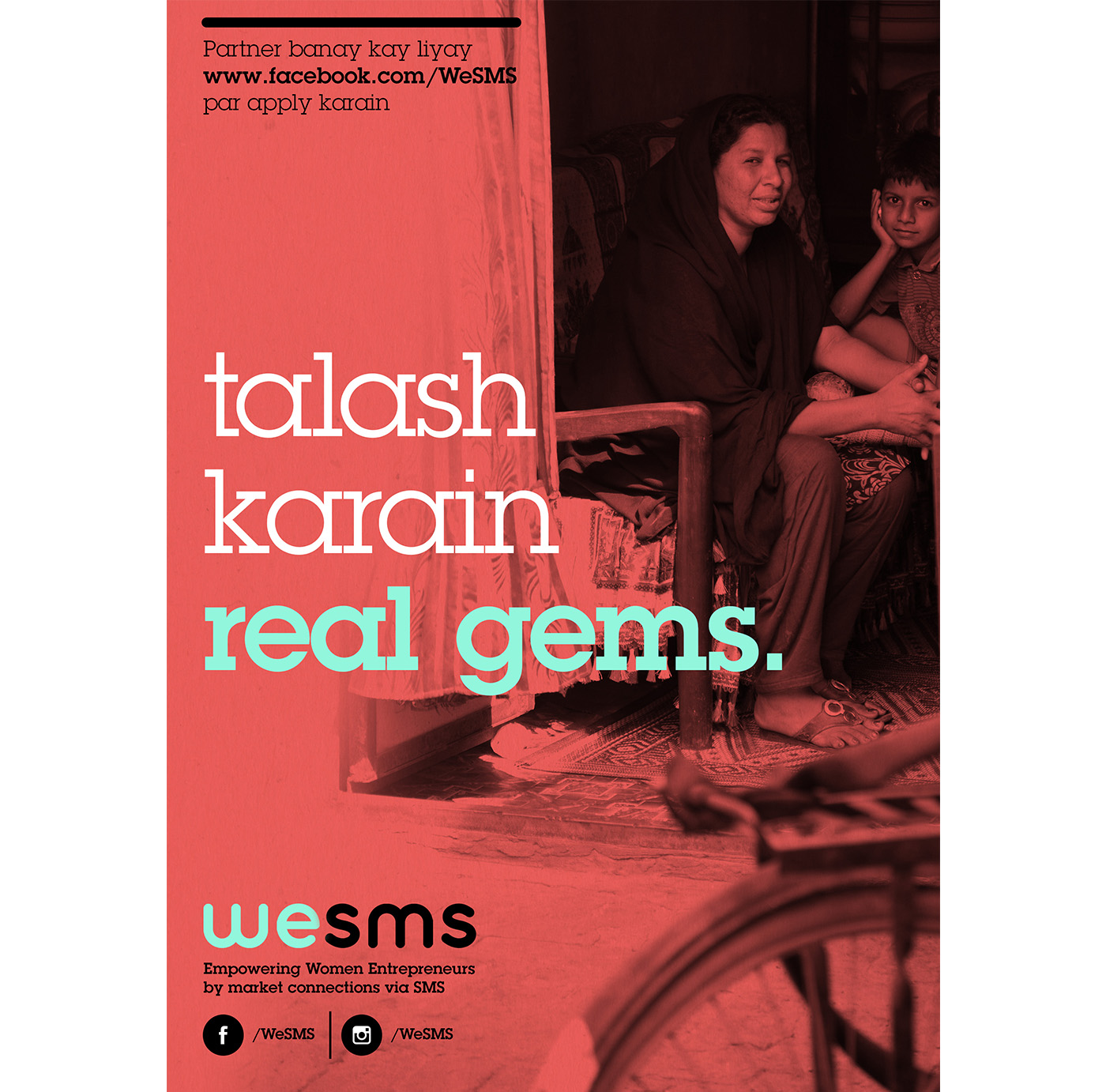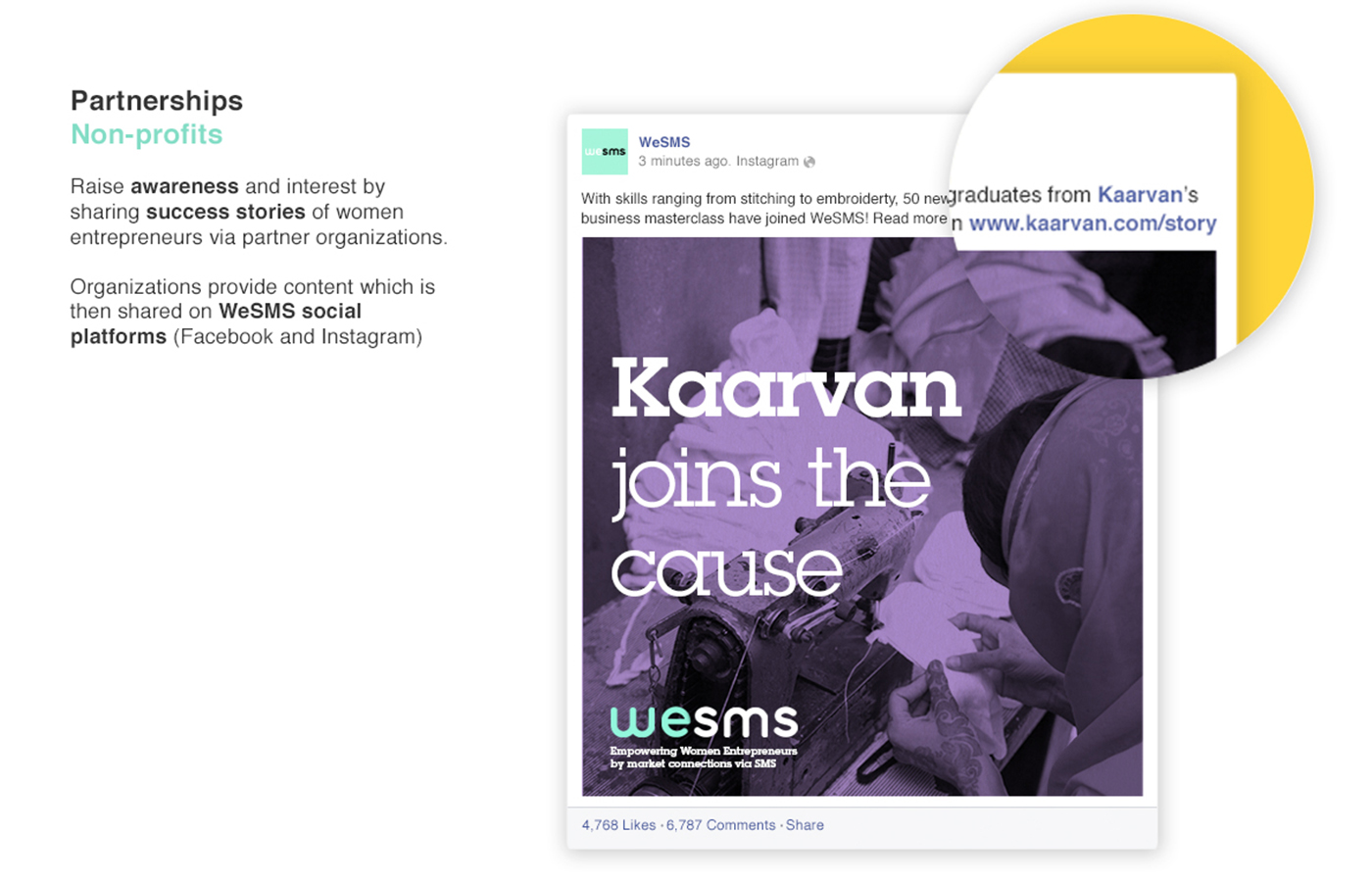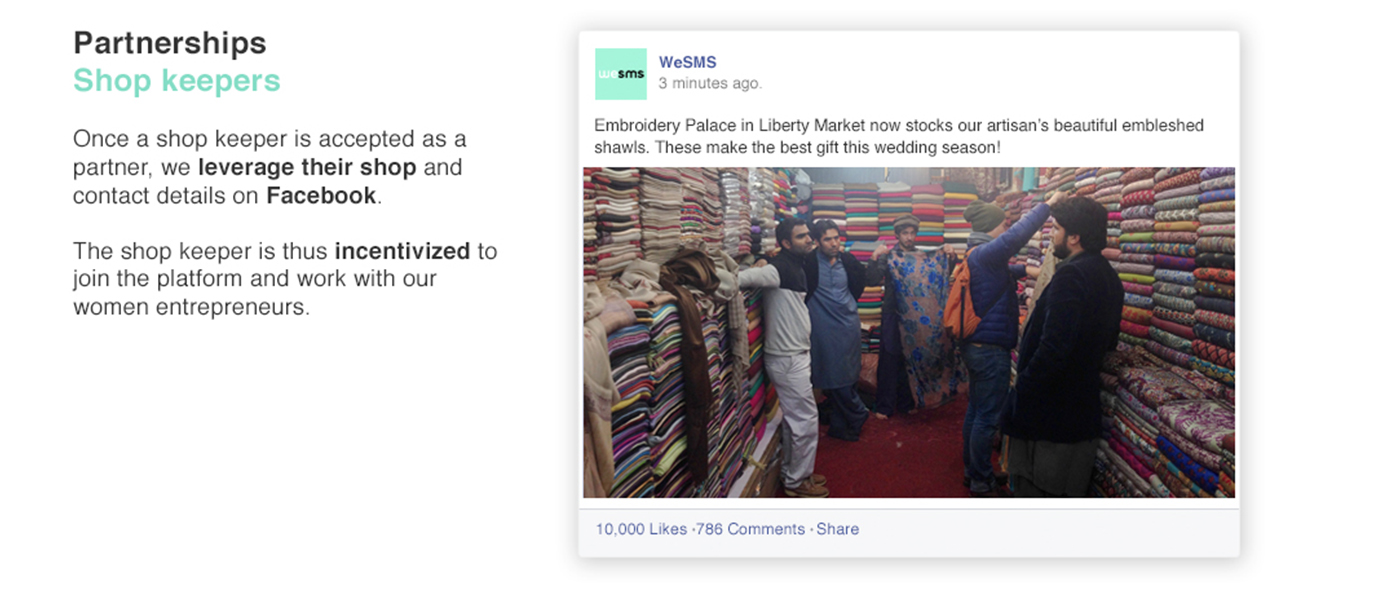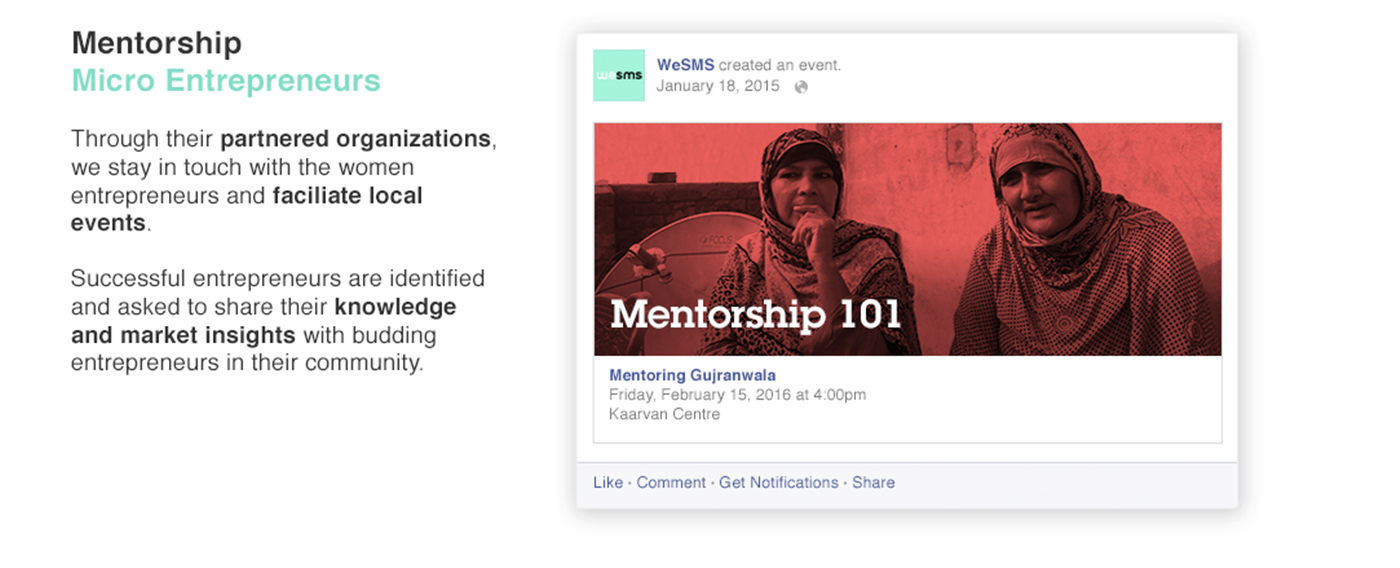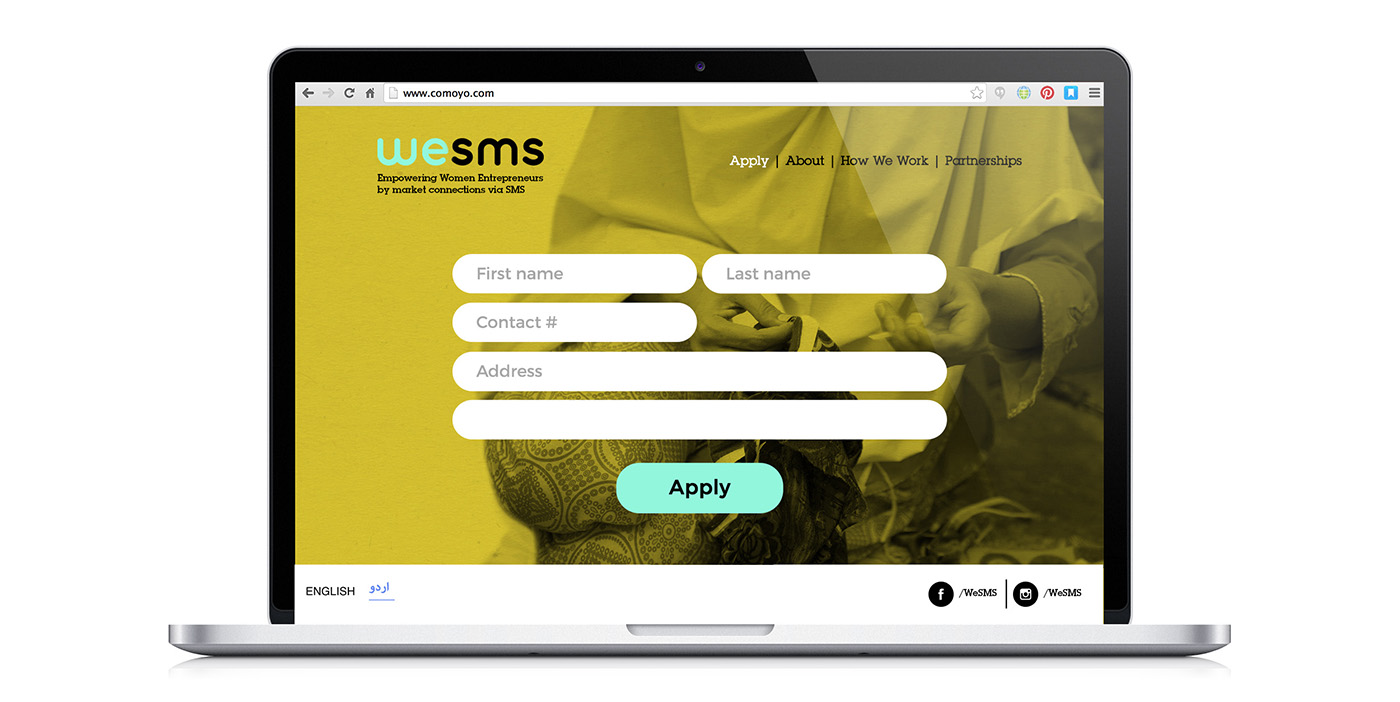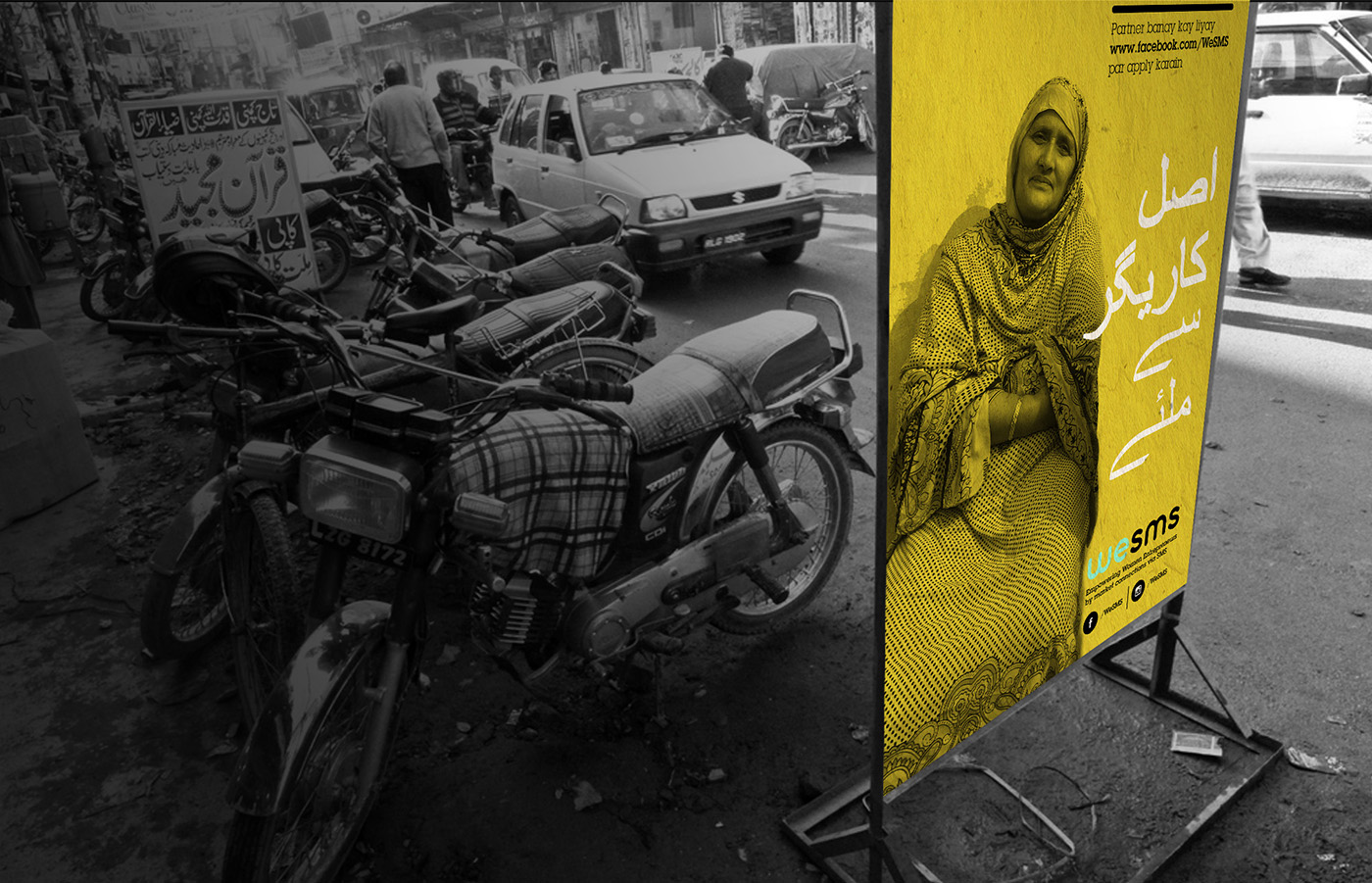Empowering women entrepreneurs through SMS
A design workshop was held in my hometown of Lahore called the International Development Design Summit (IDDS) which brought together participants from over 15 countries to devise ICT solutions for identified social problems in Pakistan.
My team of talented individuals (with skills ranging from coding, strategy, management, engineering and design) was tasked with designing a solution for a local organization called Karvaan. Karvaan trains women in low-income communities so that can have an independent livelihood for themselves as artisans and micro-entrepreneurs.
We were asked to study their existing system, identify problem areas, and develop a working solution prototype… all in the span of two weeks!
You can read Simon’s wonderful write-up about his experience in Pakistan here, and his summary of WeSMS here. Catherine also wrote a comprehensive report on the IDDS process and experience here. And you can read Hermes’ thoughts about using principles of human-centered design in a Pakistani and global context here.
So happy to have met these lovely people and work alongside them!
